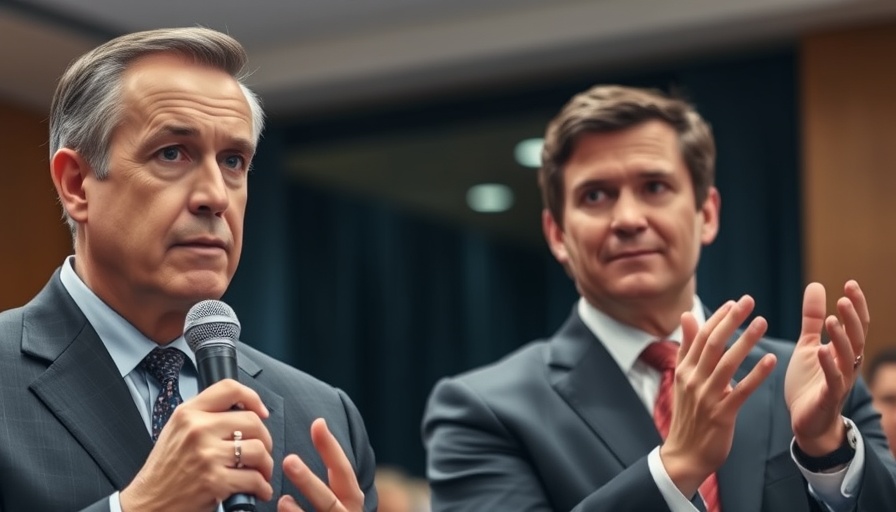
The Pressure on Russia: Trump's Ultimatum Explained
In a surprising move, former U.S. President Donald Trump has set a strict deadline of 10 to 12 days for Russia to achieve meaningful progress towards a ceasefire in Ukraine. Speaking from Scotland alongside British Prime Minister Keir Starmer, Trump expressed his dissatisfaction with President Vladimir Putin's ongoing military actions and called for immediate results in resolving the conflict that has persisted for over three years.
The Context of the Deadline
This ultimatum comes only weeks after Trump originally provided a 50-day timeframe for Russia to act, but frustration has pushed him to shorten the deadline. Trump's perspective as a 'peacemaker' focuses on obtaining quick resolutions, a notion that aligns with his previous claims of resolving the conflict within 24 hours upon his return to office. Yet, such bold assertions lead us to question whether his expectations are grounded in reality or represent an overly optimistic viewpoint on international diplomacy.
International Reactions: Russia's Defiance
Russian officials have rebuffed Trump's new ultimatum, stating they do not respond to threats. This stark dismissal raises important questions about the effectiveness of ultimatums in international relations. Historically, the use of deadlines can lead to escalation rather than peace, suggesting that Trump’s approach may need reevaluation. The complexity of geopolitical landscapes often means that threats can entrench divisions rather than bridge gaps.
Media Narratives and Public Perception
The media has played a significant role in shaping public perception of Trump's foreign policy strategies. While his supporters praise his straightforwardness, critics argue that such tactics can exacerbate tensions. This dichotomy emphasizes the polarized nature of political discourse surrounding national security issues. Understanding these perspectives is crucial for a nuanced view of the implications of Trump’s approach to foreign diplomacy.
A Closer Look at the Ukraine Crisis
The ongoing conflict in Ukraine began in 2014, sparked by Russia's annexation of Crimea, and it has since transitioned into a protracted war involving extensive military engagement. Various diplomatic attempts have been made to resolve the conflict, but the stalemate continues to inflict deep humanitarian crises on the Ukrainian people. Trump's current bid for a ceasefire comes amid these larger struggles, highlighting the need for comprehensive strategies that move beyond mere deadlines.
Potential Outcomes: A Hope for Peace?
With the deadline looming, international leaders and analysts are left pondering the possible outcomes. If Russia responds positively, it could signal a shift in the dynamics of the conflict. Conversely, a lack of progress could lead to increased tensions and potential military escalation. As history has shown, the fluid nature of international relations can lead to unpredictable consequences.
The Road Ahead: Diplomatic Solutions Needed
As we approach the critical juncture of the deadline, the importance of diplomatic dialogue cannot be overstated. Strategic negotiations must prevail if we hope to see lasting peace in Ukraine. Supporting initiatives that focus on compromise and reconciliation may hold the key to a peaceful resolution. International cooperation and sustained diplomatic engagement will be essential to navigate this complex landscape.
The international community remains watchful as this self-imposed deadline approaches, hoping that Trump’s ultimatum may catalyze a transformative dialogue, though concerns about the efficacy of such tactics linger. In the realm of geopolitical engagement, real change rarely occurs on a strict timeline.
 Add Row
Add Row  Add
Add 




Write A Comment